The Man Who Documents Culture
Dustin Pittman
Today, it might seem remotely in the past as we resume living life in the aftermath of a global pandemic and a stalled “Great Reset” for DRAFT Productions. However, speaking to someone who experienced Andy Warhol’s arguably most creative period, and hearing about who participated, how historic events transpired and his part to play in the legendary Factory—our interview with filmmaker and photographer, Dustin Pittman was nothing short of astonishing.
He’s from the Warholian school of cinéma vérité ; his forte, improvising on the spot, capturing the moment so easily missed if focusing on one’s equipment and technology. And wearing a black knit cap, graphic T-shirt with the name of his friend “Edie” emblazoned across his chest*, and black Halston sunglasses adding to his youthful appearance and mystic (not unlike Anna Wintour, Editor-in-Chief of Vogue and Global Chief Content Officer for Condé Nast), Ric, Yaa Boaa and I, during our interview, accompanied Dustin through decades of experiences, the photographing of now iconic celebrities and of course, Charivari.
photo courtesy of Dustin Pittman
The Risk Takers
Taking risks is what he admired in the Weiser’s. For them, curating a myriad of designers to carry in their stores, every silhouette and every fabric chosen by instinct and talent, taking a chance on introducing something new in the US. For him, it’s choosing the moment to shoot a photograph with its precise composition, never really knowing the result until examining it after it’s taken, every hue, every shadow in sepia or grayscale.
For him, it’s about creativity and its expression, and not only in his fashion shoots for Women's Wear Daily and W Magazine. It's in what the eye sees and what it can find whether in the dark corners of clubs, or in the small ateliers of unknown designers in the backstreets of Paris. In their respective professions, identifying interesting, bold visuals and ideas; and now we see today how they captured spectacular moments in time, documenting culture.
Pittman photographs what he believes is relevant. For instance, the pre-Stonewall gay tea dances in the basement of the Edgar Allen Poe Cottage in the Bronx, the shenanigans at Studio 54, the first Gay Pride March (not parade) in June of 1970, and the Women’s Strike for Equality March later that year in August, to name a few of his projects.
Fashion is another one of his passions. This is evident in his relationship with the Weiser’s which began in the late 1970s while photographing a couple of their stores. And when asked the question: when did he realize Charivari disrupted fashion in New York, he replied succinctly and chuckled boyishly, “well that’s an easy question—the first time I walked in the door”.
“Charivari also not only had the clothes and the merchandise,
but they had the people with the personalities…
that was part of the package”
Dustin Pittman
From watching people peacocking on their promenades around Central Park’s Bethesda fountain in ‘68, through Halston’s reign in American fashion, to his popular https://www.instagram.com/dustinpop/?hl=en Instagram social media account, we learned a little about what makes Dustin Pittman click, and we were truly honored to have him join our UPROAR.
D-Source Note:
*Friend of Pittman, American actress and fashion model Edie Sedgwick was known for being one of Andy Warhol's superstars; and as "The Girl of the Year" in 1965 after starring in several of Warhol's short films. She was dubbed an "It Girl" by Vogue magazine.




